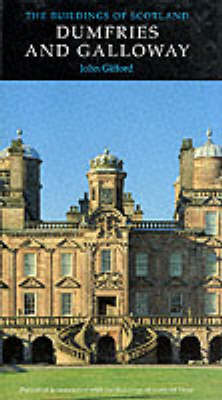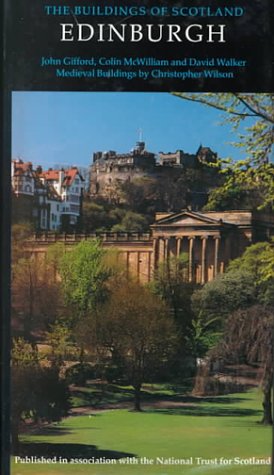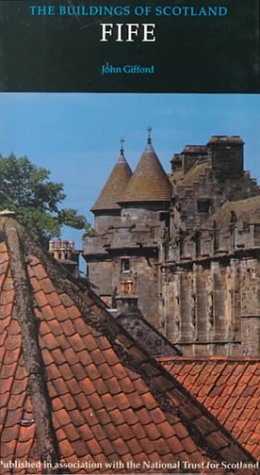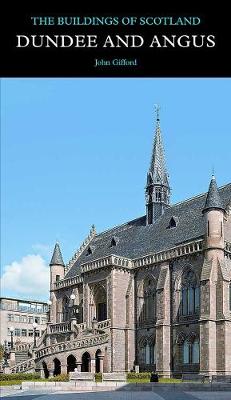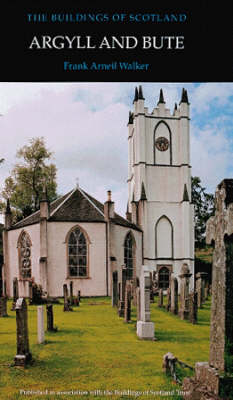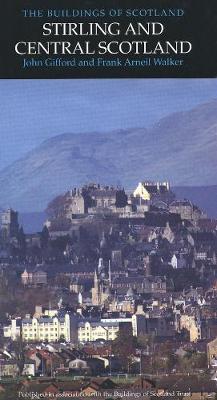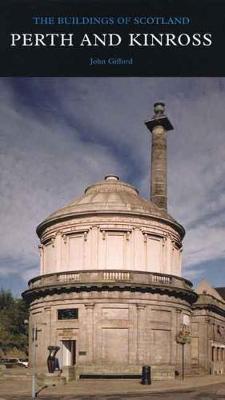Pevsner Architectural Guides: Buildings of Scotland
9 total works
This volume in the Buildings of Scotland series explores the rich architectural diversity of Dundee and Angus. Dundee, the fourth-largest city in Scotland, boasts some of the country's finest ecclesiastical, public, industrial, and commercial buildings, including the unique Maggie's Centre designed by Frank Gehry. Beyond Dundee lies the predominantly rural county of Angus, where visitors can see stunning Pictish and early Christian monuments, castles, country houses, and the famed Bell Rock Lighthouse, the world's oldest surviving sea-washed lighthouse.
Lanarkshire and Renfrewshire
by Rob Close, John Gifford, and Frank Arneil Walker
Perth and Kinross, at the geographical heart of Scotland, contains a wide diversity of buildings including the remains of a Roman line of forts and watch towers, carved stones erected by the warrior aristocracy of the sixth to ninth centuries, the inventive medieval Dunkeld Cathedral, and the island fortress of Lochleven Castle. Blair Castle's mid-eighteenth-century stucco work is unequalled in Scotland. A multitude of smaller country houses embrace a variety of styles, while Georgian and Victorian churches, many with superb stained glass, abound. Towns and villages range from Dunkeld, the epitome of a small Scottish burgh, to the Royal burgh of Perth.
This is the tenth volume in the Buildings of Scotland series.
